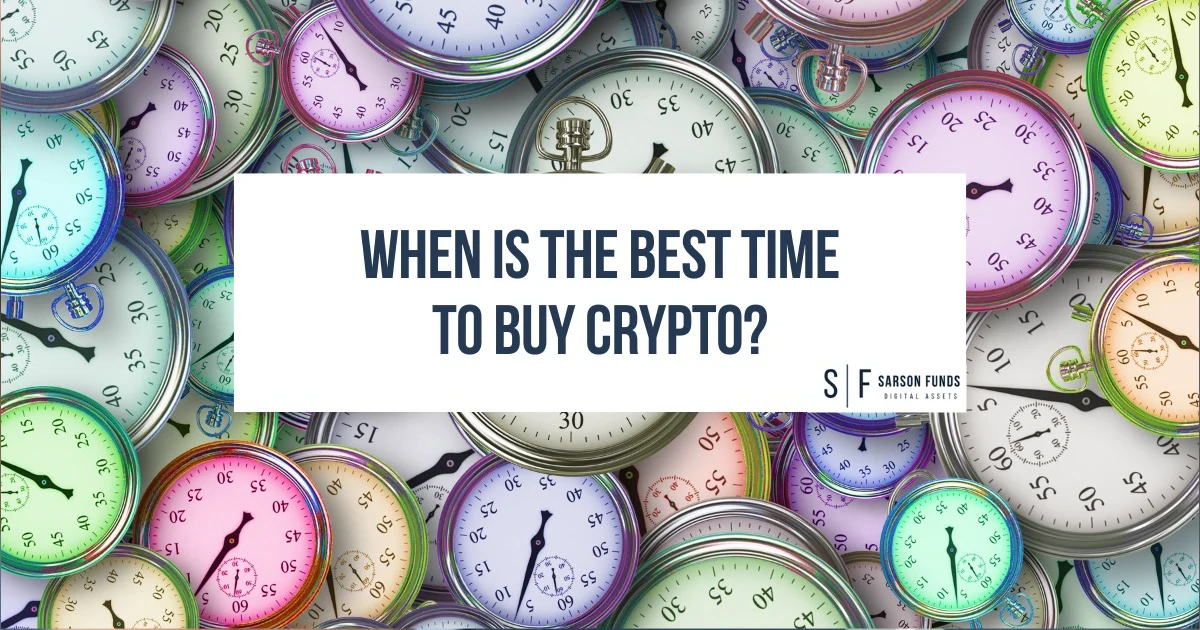
Understanding the Best Time to Buy Crypto
The cryptocurrency market is known for its volatility, making timing an important consideration for investors. While it is impossible to predict exact price movements, certain factors can help in identifying potentially favorable conditions for buying crypto.
Market Cycles and Timing
Cryptocurrency markets tend to move in cycles that can be categorized into four phases:
-
- Accumulation Phase: This occurs after a major decline when prices stabilize, and market sentiment is low. Historically, this phase has presented opportunities for those looking to enter the market.
- Uptrend or Expansion Phase: Prices begin to rise, and interest in crypto increases. Early in this phase, some see potential advantages in entering the market before widespread adoption occurs.
- Peak or Euphoria Phase: Prices reach new highs, and speculative interest grows. Many investors exercise caution during this time due to potential volatility.
- Correction or Bear Market Phase: A decline follows aftermarket peaks, and prices adjust downward. Some investors monitor this phase for potential re-entry points.
Macroeconomic and Market Conditions
Several external factors influence the cryptocurrency market:
-
- Monetary Policy: Interest rate changes and liquidity conditions can impact the demand for crypto.
- Bitcoin Halving Events: Historically, Bitcoin halving (occurring every four years) has influenced supply dynamics, which some market participants observe closely.
- Regulatory Developments: Favorable regulatory clarity can lead to increased adoption, while uncertainty may create short-term fluctuations.
- Black Swan Event: is an unpredictable and rare occurrence that has a severe impact on financial and crypto markets, economies, or society.
Technical Indicators for Market Entry
Some investors utilize technical analysis to determine potential entry points. Common indicators include:
-
- Relative Strength Index (RSI): RSI below 30 may indicate an oversold market.
- Moving Averages: Crossovers, such as the 50-day moving average crossing above the 200-day moving average, are often considered signals of market strength.
- Support and Resistance Levels: Identifying strong historical support levels may help in decision-making.
Dollar-Cost Averaging (DCA) Approach
Rather than trying to time the market perfectly, some investors use a dollar-cost averaging (DCA) strategy. This involves making regular purchases over time, reducing exposure to short-term price fluctuations.
Conclusion
Determining the best time to buy crypto involves assessing market cycles, macroeconomic conditions, and technical indicators. While no approach guarantees optimal results, making informed decisions based on market trends and risk assessments can be beneficial. Conducting thorough research and considering strategies like DCA may help navigate the market effectively—but it’s essential to speak with your financial advisor for guidance tailored to your personal financial situation.
Disclosures: Sarson Funds, Inc. is a third-party marketing company and does not directly manage assets or provide investment advice. This information is for educational purposes only and is not intended as investment advice. It is recommended to consult a professional financial advisor before making any investment decisions. Past performance does not indicate future results. The opinions expressed here are solely those of the authors. Therefore, please consult with an investment advisor before making any investment decisions or have them contact Sarson Funds directly at [email protected].








